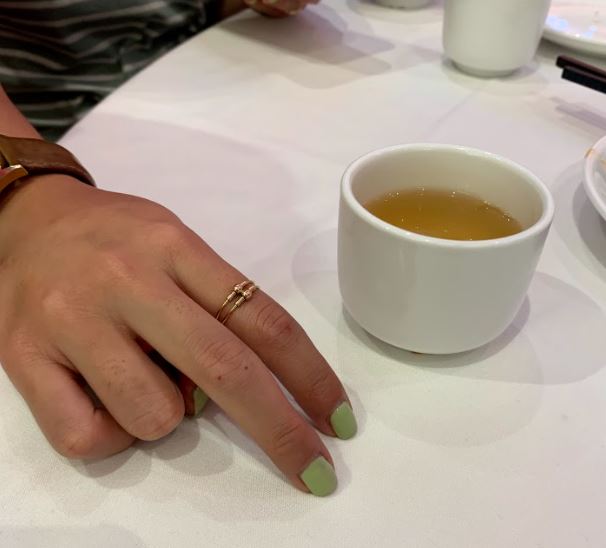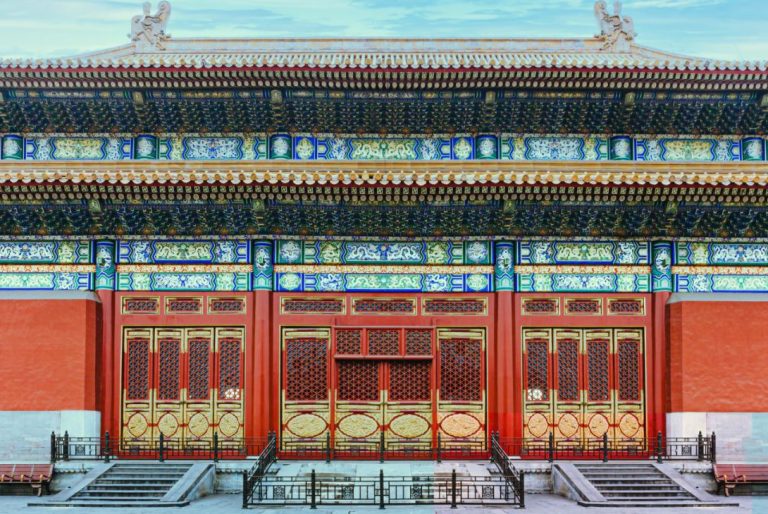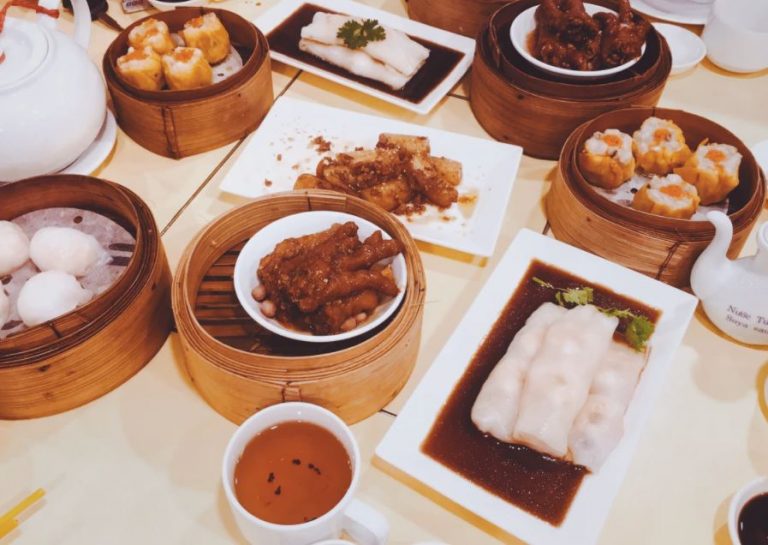The two finger tap during Yum Cha
Next time you visit a Chinese restaurant, have a look at the other tables. Particularly, have a look at the moment when one person pours another some tea. You may notice a regular habit, where the recipient of the tea-pour will tap two (sometimes three) fingers in response. This may seem bewildering to some international cultures, even offensive. However, for the Chinese, it represents a high-level of respect. It is a way of saying thank you.

Seen while eating Cantonese food
Finger-tapping is not just practised during yum cha, it is seen during most Chinese dinner occasions. Particularly when everyone seated is Cantonese. Where, and when, does this unique salute come from? The answer is a long time ago, during the Qing Dynasty (1644 to 1911 AD). The story started with a servant of the Emperor Qian Long.
Emperor Qian Long was a humble character, and enjoyed travelling the country to see how his subjects lived. To avoid recognition, he would often dress as a local, wearing clothes that told nothing of his status. He was great at keeping his disguise. One particular day, Emperor Qian Long was visiting a teahouse with his servant. While observing the different brews of tea available, a waitstaff gave the Emperor a big copper teapot.

Why is this done during Chinese dinner?
Now, remember that the waitstaff had no idea that he had just shoved a teapot into the Emperor of China’s hands. Furthermore, the disguise made it look in fact, like the Emperor was the servant. Faced with no other alternative, the Emperor proceeded to pour tea into his (actual) servant’s cup. In usual Chinese custom, the servant would then need to bow, or kowtow in reverence. But in this situation, that would have blown their cover, and revealed the Emperor’s true status.
In desperation to nevertheless show respect, the servant tapped two fingers to mimic the action of bowing. Termed a kowtow, two fingers represent the deep kneeling (until the head touches the ground) that the servant would, in any other circumstance, do. Later, some people would use three fingers, with the middle one representing the head, and the two others representing the arms.

Not just for Yum Cha in Sydney, it's all over the world
Since that fateful day, the finger-tap has become more widely used as a salute of respect. You’ll witness it during a meal in a Hornsby restaurant, or a family noodle shop in Hong Kong. During Chinese dinners, you would express gratitude to someone pouring you tea. If you’re talking to the person next to you, and someone else pours you tea, the most efficient way to acknowledge, is to tap your two fingers. Imagine having to pause the conversation everytime to say thank you! The next time you have dinner with Chinese people, try out this cultural soft skill and they’ll appreciate it.
